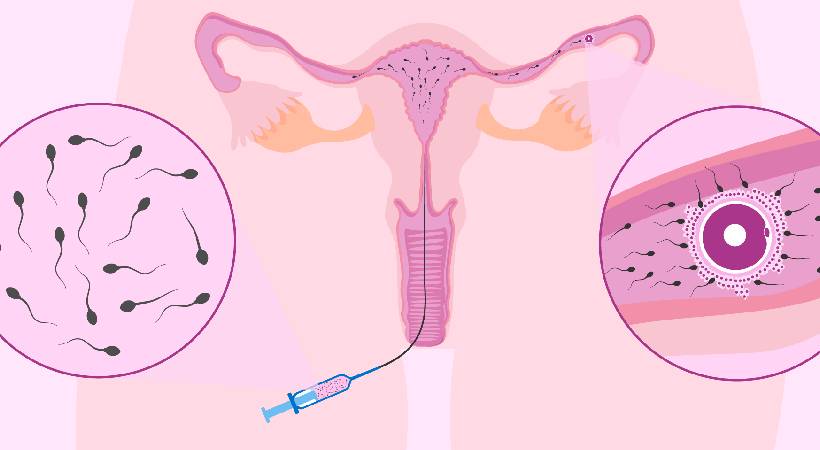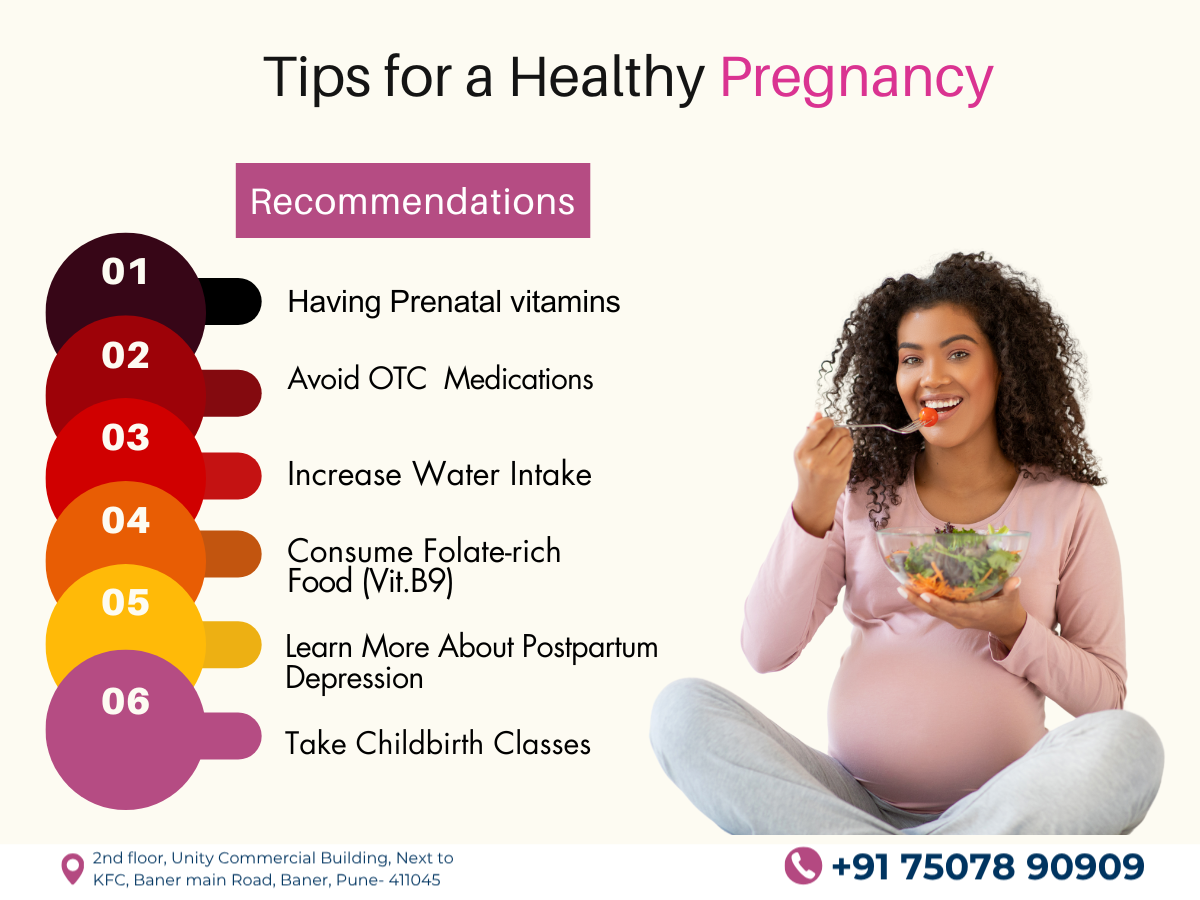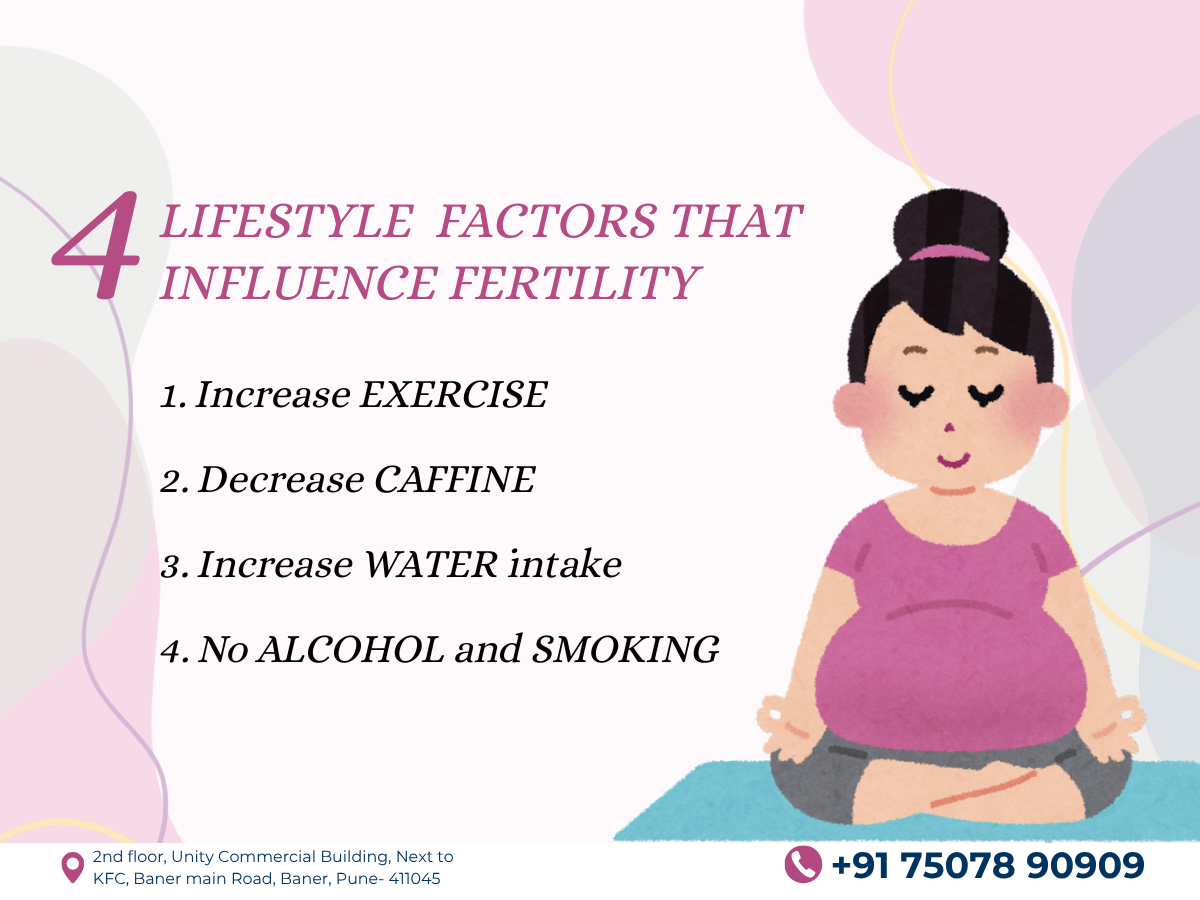Our Services

Introduction to IUI (Intrauterine Insemination)
Intrauterine Insemination (IUI) is a fertility treatment that involves placing prepared sperm directly into a woman’s uterus during her ovulation window to facilitate conception. This procedure increases the chances of pregnancy by bringing sperm closer to the egg, bypassing potential barriers in the cervix or the fallopian tubes. IUI is considered a less invasive and more affordable alternative to IVF.
IUI Procedure
The IUI procedure is relatively simple and typically involves the following steps:
1. Ovulation Induction
- Medications: Hormonal drugs like clomiphene citrate or gonadotropins (injectable hormones) are prescribed to stimulate the ovaries to produce one or more eggs. This is done to increase the chances of fertilization during the cycle.
- Monitoring: Ovulation is monitored through blood tests and ultrasound to determine the optimal time for insemination.
2. Sperm Collection and Preparation
- Collection: Sperm is collected from the male partner (or donor) on the day of the procedure.
- Preparation: The sperm sample is washed and concentrated in a laboratory. This process removes impurities and concentrates the sperm to increase motility and improve the chances of successful fertilization.
3. Insemination
- Procedure: A thin, flexible catheter is inserted into the woman’s uterus through the cervix. The prepared sperm is then injected directly into the uterus, near the fallopian tubes, where fertilization is most likely to occur.
- The procedure is typically quick (taking only about 15–20 minutes) and is done in the doctor’s office.
4. Follow-Up
- After the procedure, the patient is usually advised to rest briefly before resuming normal activities.
- A pregnancy test is conducted about 10–14 days later to check for signs of pregnancy.
Indications for IUI
IUI is used for several infertility issues, including:
- Unexplained Infertility: When no specific cause of infertility is identified despite normal test results for both partners.
- Mild Male Factor Infertility: Low sperm count, poor sperm motility, or mild sperm morphology issues can be addressed with IUI by increasing sperm concentration and motility.
- Cervical Factor Infertility: If the woman has hostile cervical mucus that prevents sperm from traveling into the uterus, IUI can bypass this issue.
- Ovulatory Disorders: In women with irregular ovulation (e.g., PCOS), medications are used to stimulate the ovaries, and IUI helps in achieving conception.
- Female Age-Related Fertility Decline: Women over 35 with unexplained infertility or mild fertility issues may benefit from IUI.
- Same-Sex Couples or Single Women: Women using donor sperm can undergo IUI as a method of achieving pregnancy.
Success Rates of IUI
The success rates of IUI depend on several factors, including the woman’s age, the cause of infertility, and the number of IUI cycles attempted.
- Age: Success rates are highest for women under 35, where the success rate per cycle is typically around 10–20%. For women aged 35–40, the success rate drops to around 5–15%.
- Cause of Infertility: Success rates are higher if the infertility is due to mild male factor issues or cervical problems. If the cause is more severe, like tubal damage or severe endometriosis, IUI success rates are lower.
- Number of Cycles: Multiple cycles of IUI increase the chances of pregnancy. On average, 3–6 cycles of IUI are recommended before considering other treatments like IVF.
Risks and Complications of IUI
While IUI is a minimally invasive procedure, there are some risks involved:
1. Multiple Pregnancies
- The use of fertility drugs to stimulate ovulation may cause the release of multiple eggs, increasing the risk of multiple pregnancies (e.g., twins, triplets). Multiple pregnancies carry higher risks for both mother and babies, including premature birth and low birth weight.
2. Ovarian Hyperstimulation Syndrome (OHSS)
- Fertility drugs can cause the ovaries to become overly stimulated, leading to OHSS. Symptoms include bloating, discomfort, and fluid retention. In severe cases, OHSS can cause complications and require hospitalization.
3. Infection
- Although rare, infection can occur if the catheter used for insemination introduces bacteria into the uterus. This risk is minimized by using sterile equipment and performing the procedure in a controlled clinical environment.
4. Emotional Stress
- The IUI process can be emotionally challenging, especially if it doesn’t result in a pregnancy. The emotional strain of multiple cycles can cause anxiety, stress, and frustration.
Conclusion
IUI is a popular, affordable, and relatively low-risk fertility treatment that helps many couples conceive. While it is not as invasive as IVF, it provides a valuable solution for couples dealing with certain fertility issues such as unexplained infertility, mild male factor infertility, or cervical factor infertility. Success rates can be lower compared to IVF, but IUI offers a more accessible and less costly alternative. For couples who have been struggling to conceive, IUI is a good first-line treatment to consider before moving to more advanced reproductive technologies like IVF.
We’d love to hear from you !
Our Gallery








Unveiling New Horizons in Fertility, One Article at a Time
💖 Empowering Your Journey to Parenthood: The
Welcome to 0 to 9 Women’s Care & Fertility Center...
🌸 Tips for a Healthy Pregnancy –
Pregnancy is one of the most beautiful journeys in a...
When Your Clock is Off: Understanding and
A woman’s menstrual cycle is often described as a perfect...
4 Lifestyle Factors That Influence Fertility
When it comes to improving fertility and achieving a healthy...




